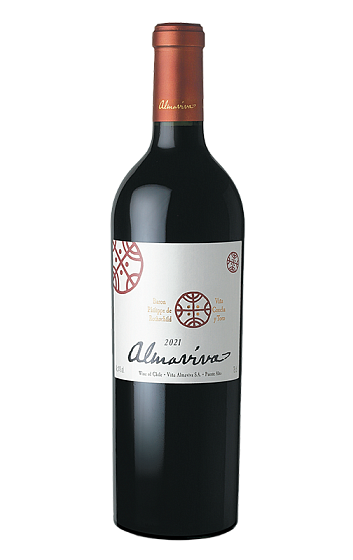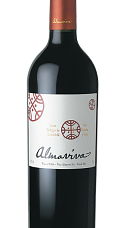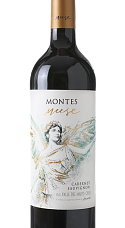Almaviva 2021
Descrição
Estamos diante de um dos melhores tintos chilenos, fruto da colaboração franco-chilena entre a Baronesa Philippine de Rothschild e D. Eduardo Guilisasti (Viña Concha y Toro).
É
elaborado com um coupage de variedades clássicas bordalesas cultivadas em Puente Alto, ao sul de Santiago. Tem um estágio de 20 meses, proporcionando taninos sedosos e um caráter fresco e elegante
Detalhes do produto
Prova
Vinha e preparação
Avaliação dos especialistas
A fresh and discreet Almaviva with subtle pencil shavings and cigar box to the cassis and hints of chili chocolate and peppermint. Nuanced and subtle on the nose. This is medium-bodied and subtle on the palate with silky tannins in the seamless finish. Very long. 71% cabernet sauvignon, 22% carmenere, 5% cabernet franc and 2% petit verdot. Drinkable now, but it will take its time to deliver complexity.
2021 was an overall cooler year than 2020, with more elegant wines with more finesse and less angular tannins. The sleek 2021 Almaviva is a good example of that, still very young and still marked by the élevage in oak after spending 20 months in French oak barrels, 71% of them new and the rest only second use. The final blend was 71% Cabernet Sauvignon, 22% Carmenere (from Peumo), 5% Cabernet Franc and 2% Petit Verdot, a variety that might gain in percentage, as they have even planted some more with the idea to possibly replace Merlot in the medium or long term. It's not a shy wine, hitting the scale at 15% alcohol and with mellow acidity, 4.65 grams (tartaric) and a pH of 3.81 The fruit is dark, ripe and spicy, nothing green about it; it's a little shy, less expressive than the warmer years are early on and a little more discreet but with potential to develop in bottle. The tannins are still present, and it should benefit from some more time in bottle. The 2019 had more volume than the 2018, and the 2020 is closer to the 2019 than the 2018. 200,000 bottles produced. It was bottled between late January and early February 2023. I tasted it next to the 2020 and 2018, and it's closer to the latter; but this 2021 is more elegant, and 2018 is a little more austere and herbal.










Colheitas: 2022 2021 2019 2018
Este vintage ainda não foi avaliado. Utilize a navegação abaixo para ver avaliações de vintages anteriores.
Este vintage ainda não foi avaliado. Utilize a navegação abaixo para ver avaliações de vintages anteriores.
Este vintage ainda não foi avaliado. Utilize a navegação abaixo para ver avaliações de vintages anteriores.
Este vintage ainda não foi avaliado. Utilize a navegação abaixo para ver avaliações de vintages anteriores.